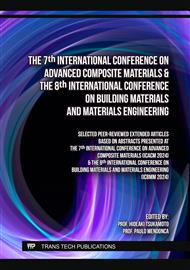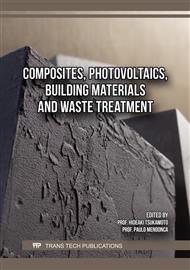p.43
p.57
p.67
p.73
p.81
p.87
p.101
p.109
p.115
Evaluation of Thermal Insulation and Air Permeability of Needle-Punched Nonwovens Recycled from Waste Pantyhose
Abstract:
Waste amount in the textile industry is rising in tandem with rising production and consumption levels. Reusing waste is always the best option, but for some textile products, this isn't the case. A ruptured pair of pantyhose is among the one of the best examples. Due to their delicate structure, these products are easily punctured, so they are disposed of in solid waste sites after 2-3 times use. In this study, it is aimed to recycle these pantyhose waste (polyamide/elastane), and use it in the production of thermal panels, and to statistically examine the effects of varying thickness and elastane content on the thermal insulation and air permeability of this material. In order to create nonwoven structures with varying thicknesses and elastane ratios, the pantyhose wastes converted into fiber form and then into carded web by using a carding machine. Then, a needle punching technology is used for the web formation process. The Minitab software program is used to analyze changes in air permeability and thermal conductivity coefficient between the samples using a full factorial experimental design. The findings indicate that while both factors affected air permeability, only the changing thickness had a statistically significant impact on the thermal conductivity coefficient.
Info:
Periodical:
Pages:
81-86
Citation:
Online since:
December 2024
Authors:
Price:
Сopyright:
© 2024 Trans Tech Publications Ltd. All Rights Reserved
Share:
Citation:



